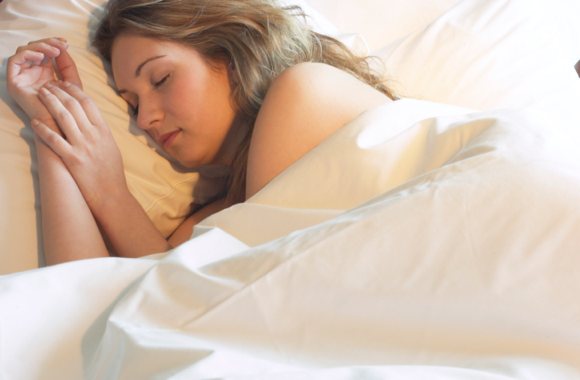Sleep — the most basic of things to do to keep your body healthy and your mind sharp. But it seems that even this is as difficult as pushing ourselves to go to the gym every week. There are many reasons why sleep is difficult for us like a condition that prevents us from doing so, or due to mountains of work that needs finishing.
Regardless of the reason, not getting enough sleep exposes us to serious illnesses like high blood pressure, diabetes, or heart disease. For this reason, tracking devices for sleep are becoming increasingly popular. In a fast-paced world where sleep has become a privilege, it is important that we consciously keep track of it.
Tracking devices like the FitBitVersa, is equipped with technology that can help us get the best sleep possible. It seems you will not be getting one just to count your steps for the day, but to track your “ZZZs” at night too.
How does the FitBit Sleep Feature work?
When you consult a sleep specialist, you will be asked to stay in the hospital so they can measure your stages of rest. They will use an instrument called an electroencephalogram which measures brain activity and muscle movements.
The FitBit technology works mostly in the same way as the electroencephalogram. What it does is measure your heart rate and movement all night. Based on those the data gathered, it will make intelligent guesses on your sleep cycle.
Of course, this does not mean a FitBit is a viable replacement for a sleep doctor. But it can give you a general idea on how often you get to the deep sleep level and for how long.

Different levels of sleep
To give users a better picture of what their sleeping cycle looks like, FitBit worked with the National Sleep Foundation to show the four different stages of sleep. These are what you will expect to see when your FitBit shows you your sleep data.
Awake – Waking up in the middle of the night is completely normal, especially if you are going to take care of bodily needs such as peeing or drinking water. It is also normal to wake up from a dream or move around a few times.
Light Sleep – This stage is when you are still aware of your surroundings even if you are asleep — the early stage of the sleep cycle. You can still be easily woken up in this stage, and may still even lose sleep. Light sleep already has the capacity to re-energize your mind and body, which is why power naps are helpful at times when you cannot sleep for long.
Deep Sleep – In deep sleep, you will become less responsive to outside stimuli because your body is in its most relaxed state. This is when your body starts healing and recovering from the day’s activities. While sleeping patterns are different from person to person, as observed, we get lesser deep sleep when get older. This is partly because the body produces less melatonin and many adults are magnesium deficient. To achieve deep sleep some use prescriptions like Ambien or a natural sleep aid, such as Better Rest which contains both melatonin and magnesium.
Rapid Eye Movement (REM) – This is the second stage of deep sleep where you brain becomes active even when you are sound asleep. Dreams happen in this stage, but your muscles are inactive so that you will not act out what you are seeing. Additionally, this is when your brain starts storing your memories in your long-term memory bank.
When you access the sleep cycle data on or FitBit Versa, these are the four stages you will be seeing. Pay close attention to how long it took you to get to deep sleep and REM, because that will determine whether you will need to consult with a specialist or just need to take a leave from work to get a much needed rest.
